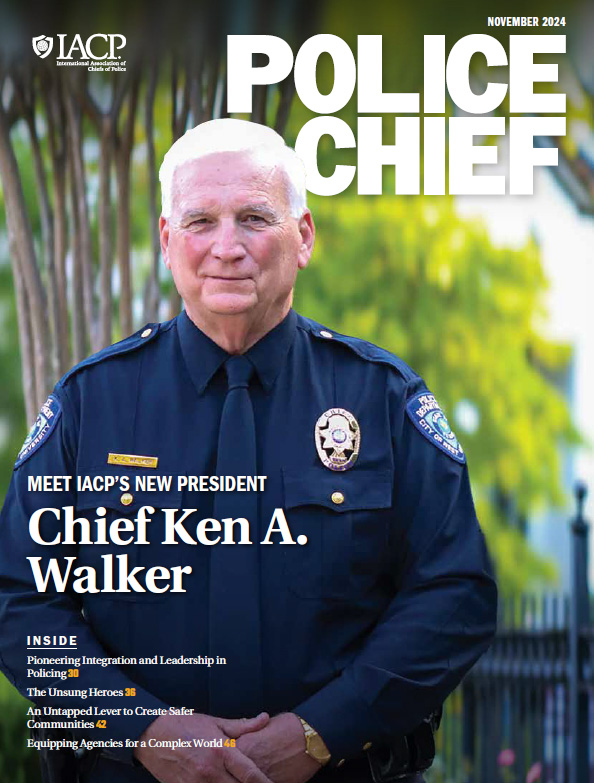Share
From 2000 to 2009, an average of 141 police officers in the United States died each year from injuries sustained in the line of duty (excluding job-related illnesses and 72 deaths as a result o...

Share
The police use of deadly force is a consequential event for all parties: the officers and their families, the agency, the community, and the suspects and their families and survivors. In light of thes...
Share
Police chiefs have a constitutional and moral duty to protect and serve their personnel and communities. Busy police chiefs want the very best expertise in training in order to accomplish this mission...
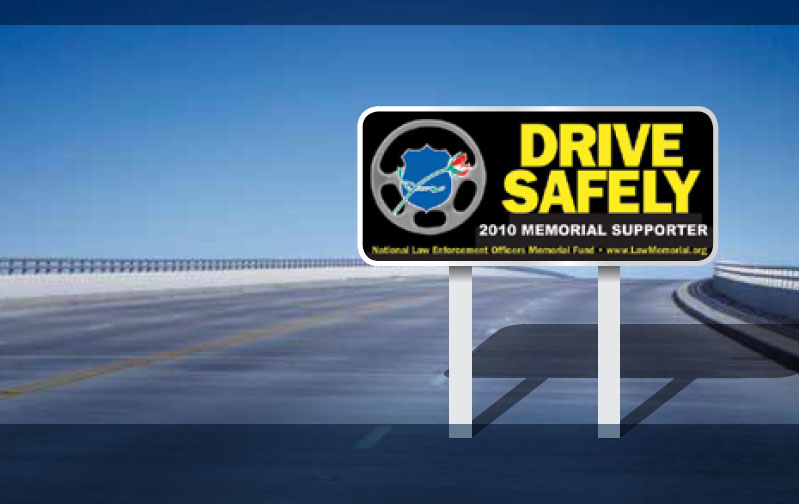
Share
In 2009, more U.S. law enforcement officers died in the line of duty in traffic-related incidents than were killed by firearms or any other single cause of death. This was not a statistical anomaly; 2...
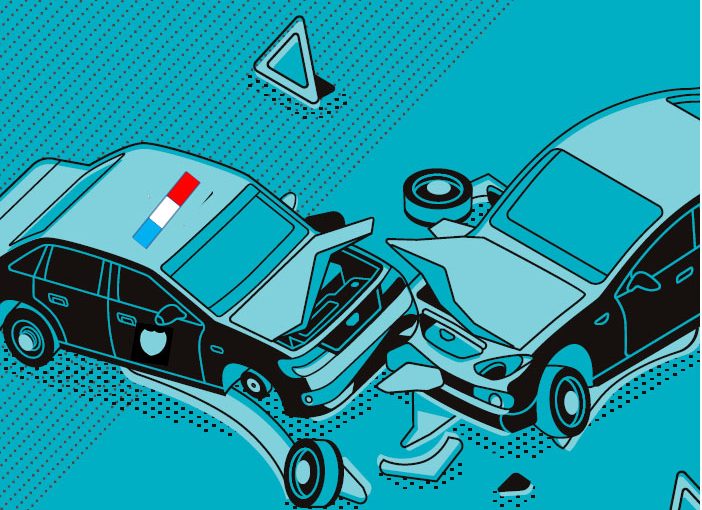
Share
In 2009, the Ontario Provincial Police (OPP) experienced 112 fewer preventable, on-duty collisions when compared to 2008. The OPP has made tremendous progress when it comes to reducing serious collisi...
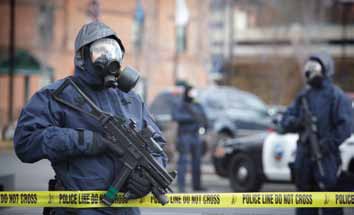
Share
On September 11, 2001, the nature of threats to public safety changed. The country came to realize that there was a much greater probability that weapons of mass destruction (WMD) could and would be u...
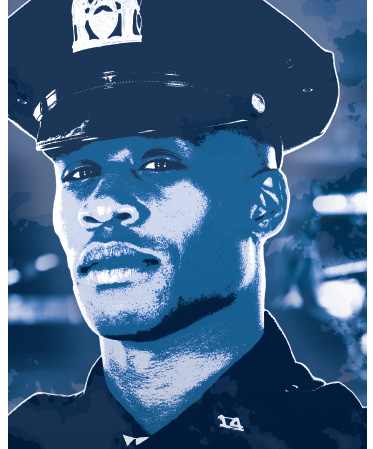
Share
Law enforcement is safer today than it was even as little as one decade ago. With strides in equipment, body armor, vehicle design, and safety tactics, to name a few, the profession has improved its a...
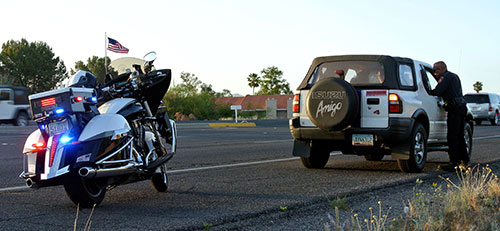
Share
We understood on the proudest day of our professional lives—the day we took the oath of office—that we might die in the course of discharging our sworn responsibilities. But even if we seriously p...



